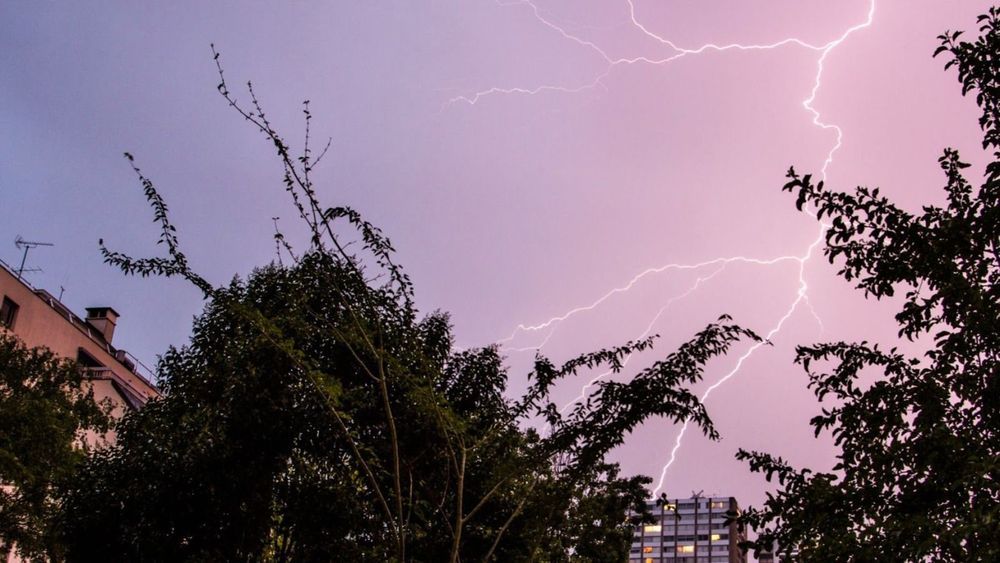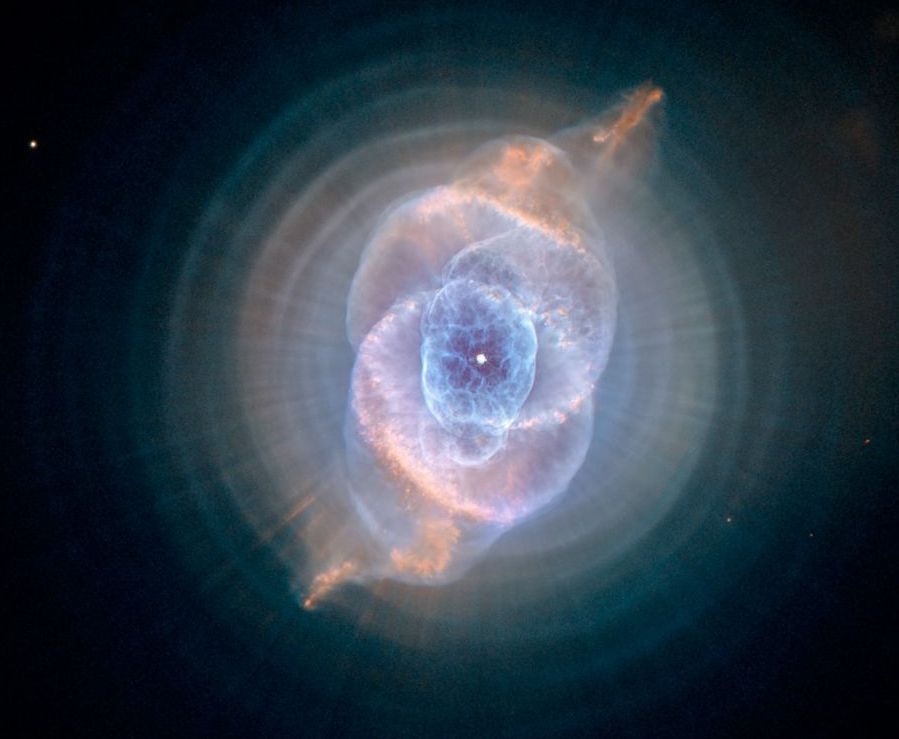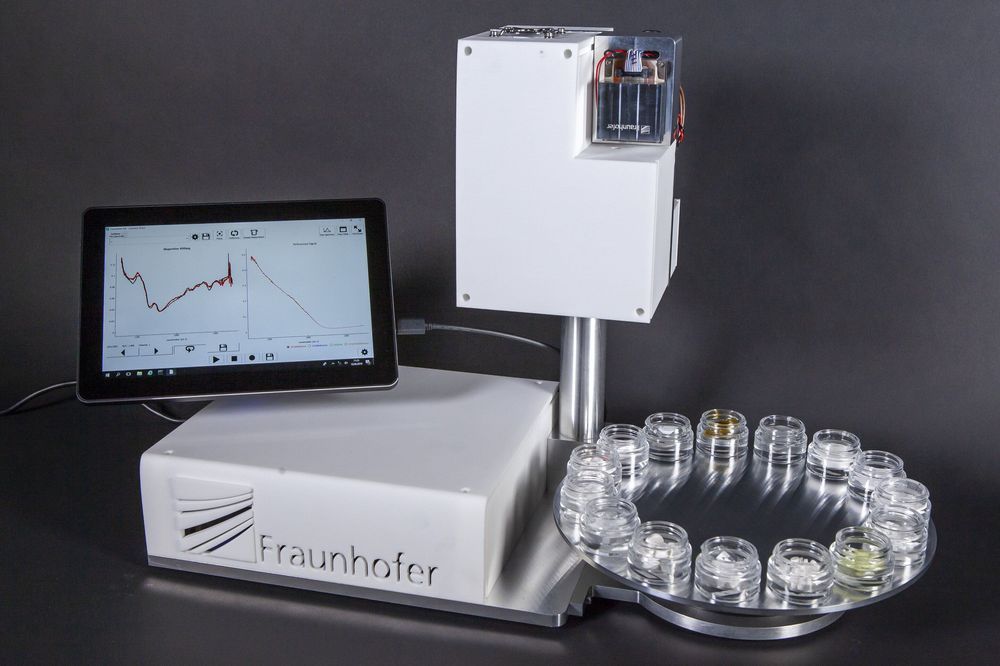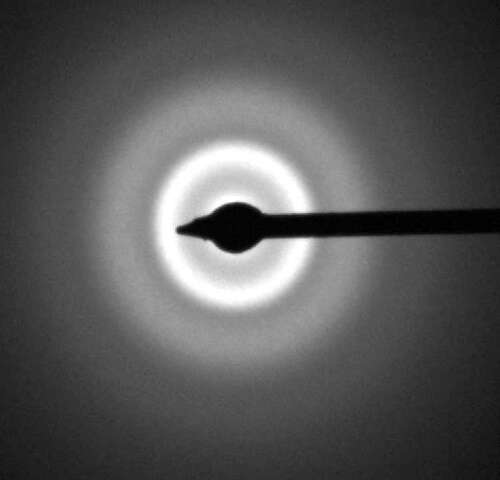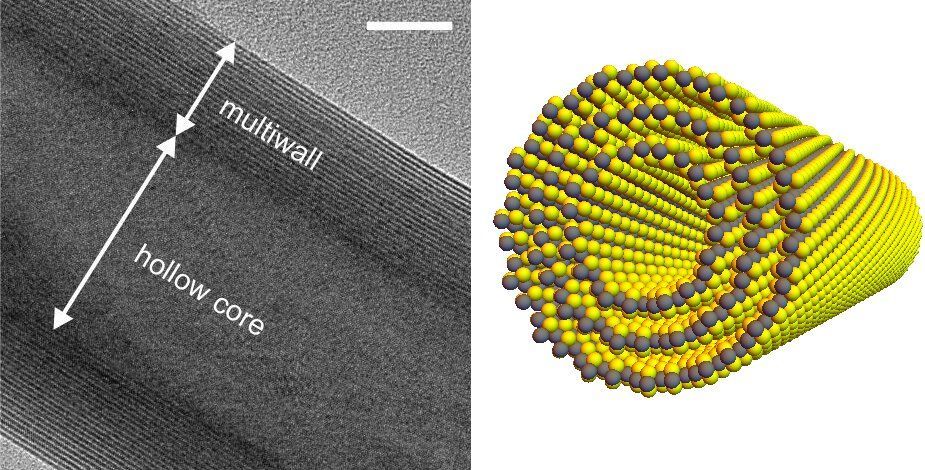Jun 26, 2019
Incredible Observation Links Two Different Radioactive Phenomena Inside a Thunderstorm
Posted by Genevieve Klien in categories: climatology, physics
Scientists in Japan reported seeing two radioactive weather phenomena at the same time, for the first time, according to a new paper. The observation establishes a link between the two, adding to our knowledge of the wild physics that takes place inside thunderstorms.
The researchers reported the “unequivocal simultaneous detection” of a minute-long “gamma-ray glow” followed by a powerful, millisecond-long “terrestrial gamma-ray flash,” or TGF. Though scientists have observed these two events before, they don’t quite understand the connection between—the glows and flashes have never been observed together. That is, until now.
